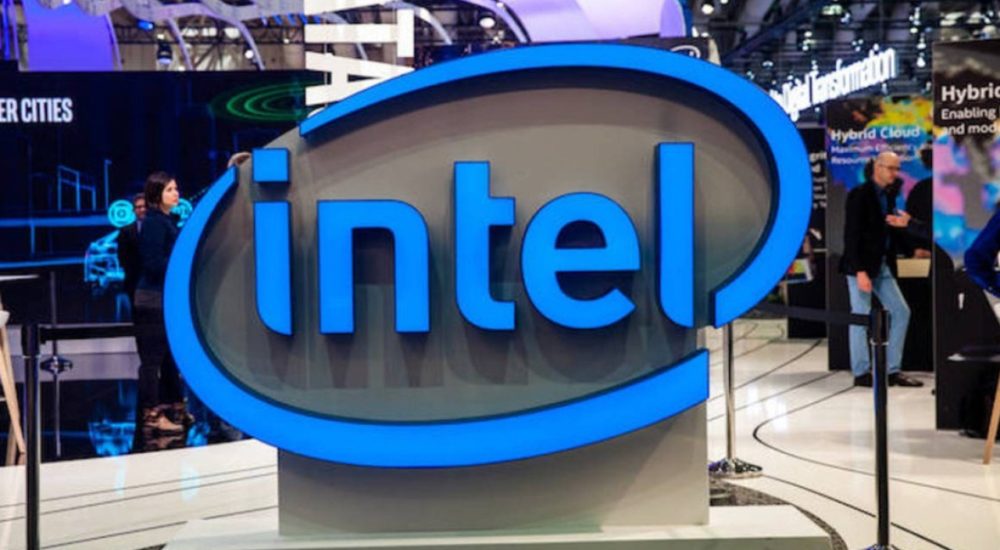It seems like Intel has had enough of AMD enjoying a process lead, with CEO Bob Swan confirming on a recent earnings call that Intel is “investing to recapture process leadership going forward”, and that it expects to launch its first 7nm products by the third quarter of 2021.
While Intel has been shipping 10nm and 14nm processors (and struggling with 14nm – more on that in a bit), its rival AMD has already hit the market with 7nm products with the likes of the AMD Ryzen 9 3900X.
Intel has in the past admitted that it won’t catch up with AMD’s 7nm process until 2021, but at the time it told us that its 10nm process is comparable with AMD’s 7nm process. That might be so, but it seems like Intel doesn’t want to allow AMD to have the process lead any longer.
Swan also revealed that it will be moving back to a two-year development cycle, similar to its tick-tock model that it had been using from 2007 to 2016.
The tick-tock model meant that Intel first worked on a new microarchitecture (tock), which was then followed, roughly one year to 18 months later, by a die shrink of the process technology (tick) which refined and optimised the architecture.
This model helped Intel to keep the process lead, but in 2016 it changed to its “Process, Architecture, Optimization” model, which essentially added a third stage for optimization.
Sticking with 10nm and sorting out supply issues
The company won’t be dropping its 10nm process though, and will be ramping up production.
Swan made these comments in an earnings call about Intel’s third quarter 2019 performance, which he remarked was “the best quarter in our company’s history”, with Intel generating $19.2 billion in revenue.
Intel’s new data-centric business model, which focuses on servers, the cloud and Internet of Things devices, is mainly to thank for its record results.
However, Intel’s traditional PC-centric business struggled, with PC revenue down 5% YoY, roughly what it expected following on from its second quarter results earlier this year. As the company had hoped back then, demand for its new 10nm Ice Lake processors has helped offset that drop – with Intel flooding the market with 30 designs by the end of 2019. This will hopefully have a positive impact on Intel’s fourth quarter results.
During the earnings call, it was also revealed that Intel is still struggling with supply issues for its 14nm process. “We are working hard to regain supply demand balance. But we expect to continue to be challenged in the fourth quarter,” Swan admits.
Source: techradar.com




































